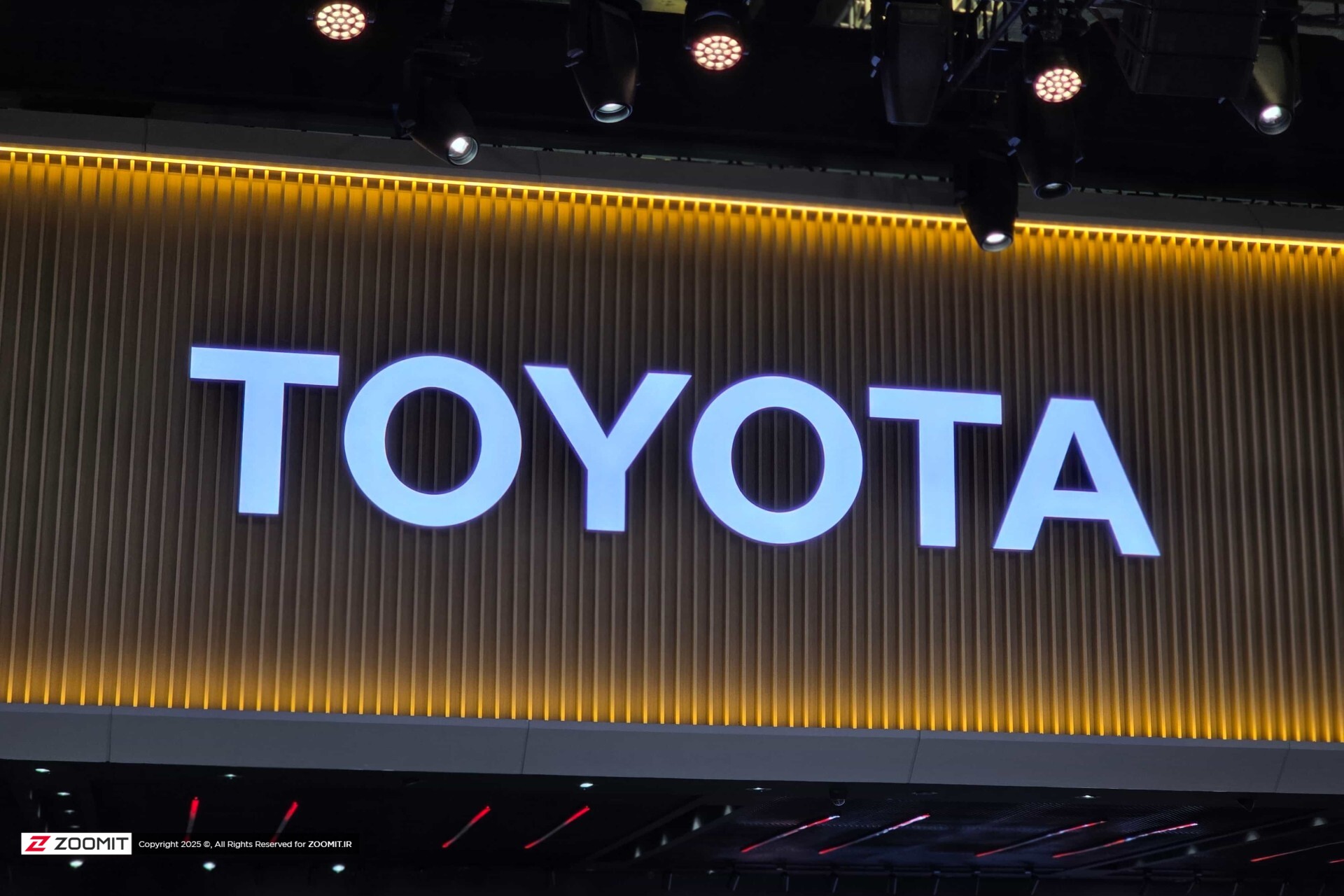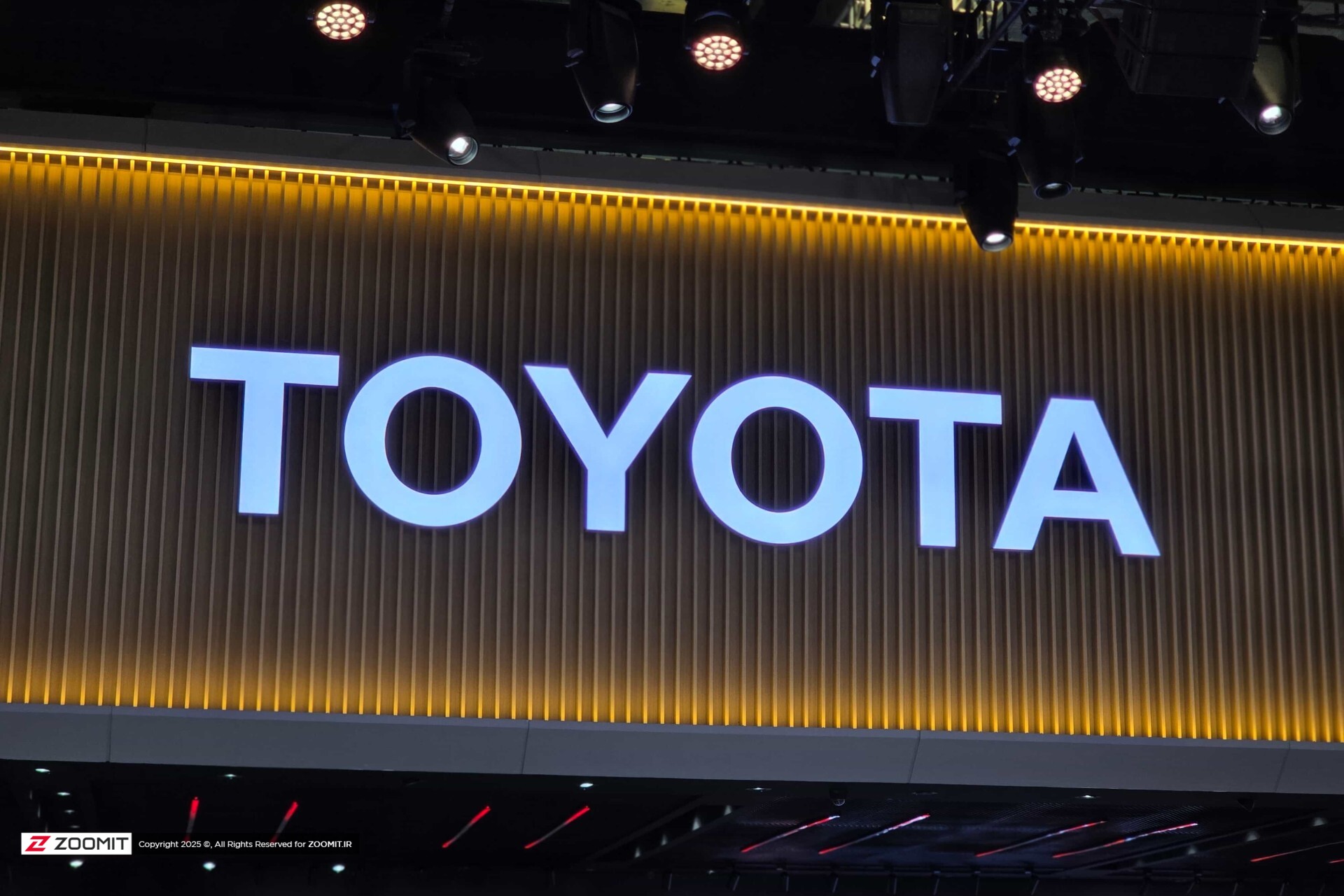Introduction: The Tariff Challenge and the Uncertain Future of Japanese Automaking
While Donald Trump, the former president of the United States, had made promises during his presidency to reduce tariff pressures on car imports from Japan, recent economic realities and financial reports indicate that the consequences of his tariff policies continue to cast a heavy shadow over Japan’s auto industry. These tariffs, imposed with the aim of protecting American domestic production, have not only challenged the profitability of Japanese automotive giants like Toyota and Honda but have also forced them to fundamentally rethink their production and distribution strategies in global markets.
This article provides a comprehensive and detailed examination of the impacts of these tariffs on the financial performance of prominent Japanese automakers. We will analyze details related to incurred losses, revised forecasts, and these companies’ responses to the new market conditions. Furthermore, we will delve into the recent trade agreement between the United States and Japan and how it affects the competitive position of Japanese companies compared to their American rivals, exploring various perspectives raised on this matter, including the concerns of Jim Farley, CEO of Ford.
The objective of this analysis is to provide a clear picture of the challenges facing Japan’s auto industry during a period of geopolitical and trade changes. These developments not only impact companies’ profits and losses but can also lead to a redefinition of global supply chains and competitiveness in one of the world’s largest industries.
Toyota on a Difficult Path: Substantial Losses from American Tariffs
Toyota Corporation, recognized as a leader and a symbol of quality and innovation in the automotive industry, announced concerning news in its recent financial report. According to this report, Toyota expects that tariffs imposed by the U.S. government will reduce the company’s operating profit by up to 1.4 trillion yen (equivalent to 9.5 billion dollars) in the fiscal year 2026. This figure is 1.2 trillion yen higher than the company’s previous forecasts, clearly demonstrating the deep impact of these trade policies on one of the most powerful players in the global automotive industry.
This significant decline in operating profit has several reasons. A substantial portion of it results from reduced profit margins in the North American market, a market of high strategic importance for Toyota. Import tariffs have increased the final price of Toyota vehicles for American consumers, negatively impacting sales volume and profit per unit. Furthermore, currency fluctuations, especially the strengthening of the Japanese yen against the U.S. dollar, have compounded these challenges. A stronger yen makes Japanese exports more expensive, consequently reducing revenue from sales in foreign markets.
Toyota explicitly stated in its first-quarter report: “As a result of U.S. tariffs and other factors, operating profit has decreased, and forecasts have been revised downwards.” This statement indicates that, in addition to tariffs, other factors such as increased production costs and raw material expenses within Japan have also pressured the company’s financial performance. To counter this situation, Toyota is seeking solutions like increasing production at its North American factories to reduce reliance on exports from Japan and thus neutralize the direct impact of tariffs. Furthermore, focusing on cost optimization and increasing efficiency across all processes are among this Japanese automaker’s other priorities.
Honda: Managing Challenges with an Eye on the Future
Honda, as another pillar of Japan’s automotive industry, has also clearly felt the consequences of Trump’s tariffs. The company’s recent financial report shows that Honda’s operating profit has decreased by 50% compared to last year. This sharp decline is primarily due to a 122 billion yen loss (approximately 830 million dollars) resulting from tariffs over the past quarter. This figure alone illustrates the immense financial pressure placed on this automaker.
Despite this heavy blow, Honda has shown a different approach from Toyota in its future forecasts. Honda’s management believes that the severity of the tariff impact in the future will be less than previously imagined. This optimism has led them to revise their annual operating profit forecast upwards by a significant 40%. This upward adjustment could indicate Honda’s confidence in its ability to adapt to new conditions, or positive expectations regarding the stability of recent trade agreements.
This difference in perspective between Honda and Toyota could stem from their distinct production structures and supply chains. Perhaps Honda conducts a larger share of its production outside Japan, especially in regions not affected by U.S. tariffs. Also, their strategies regarding passing costs to consumers or negotiating with suppliers might have yielded different results. Honda’s adaptive and optimistic approach indicates that Japanese companies are adjusting to the new trade environment and are actively planning and acting to mitigate tariff-related risks.
Recent Trade Agreement: Relative Relief for Japanese Automakers
Amidst the trade war and tariff pressures, news of a new trade agreement between the United States and Japan emerged as a glimmer of hope for Japan’s auto industry. This agreement, signed last month, includes a reduction in the import tariff on Japanese cars to the U.S. from 25% to 15%. This 10% reduction significantly eases the financial burden on Japanese automakers, allowing them to operate with better profit margins in the vast American market.
This tariff reduction creates a direct competitive advantage for companies like Toyota and Honda in the U.S. market. Cars produced in Japan and exported to the U.S. can now be offered at more competitive prices. This not only helps maintain these companies’ market share but can also lead to increased demand for their products. The agreement can also help improve trade relations between the world’s two largest economies, fostering a more stable environment for investment and trade.
However, it is worth noting that this tariff reduction does not mean the complete elimination of challenges. A 15% tariff can still affect the final price of vehicles, but it creates less pressure than before. This agreement is, in fact, a positive step towards normalizing trade relations and reducing barriers, but Japanese companies must remain vigilant and adjust their long-term strategies based on potential fluctuations in trade policies.
Ford’s Concerns: Japanese Superiority in the U.S. Market?
While the tariff reduction was good news for Japanese automakers, it came with concerns for their American rivals, especially Ford and General Motors. Jim Farley, CEO of Ford, explicitly criticized the agreement in an interview with Bloomberg, calling it a “gift” to Japanese automakers that grants them a significant advantage. The main reason for this concern is the asymmetry in tariff structures.
While Japanese companies benefit from a 15% tariff on complete vehicles, American companies like Ford and General Motors still have to pay a 25% tax on their imported parts. This means that production costs remain higher for them, as they heavily rely on importing parts from around the world. Farley warned that this difference could allow Toyota to offer some of its models up to $10,000 cheaper than Ford’s products. Such a price difference would make competition in the U.S. domestic market difficult for local automakers and could lead to a reduction in their market share and profitability.
This situation has sparked widespread debates about fairness in trade policies and support for domestic industries. Are tariffs aimed at protecting domestic manufacturers, or are they seeking to create healthy market competition? In this particular case, it appears that short-term benefits for consumers through cheaper imported cars might, in the long run, come at the expense of jobs and investment in the U.S. auto industry. This issue adds further complexities to the future outlook of the automotive industry in an era of trade wars.
The Automotive Industry in a New Era: Flexibility and Innovation are Key to Survival
The story of tariffs and their impact on Japanese automakers goes beyond a purely economic discussion; it is a clear example of how geopolitical policies influence global industries. In today’s world, where international relations and trade laws can rapidly change, multinational companies face unprecedented challenges. These events emphasize the strategic importance of flexibility and the ability to quickly adapt to new market conditions.
For automakers, whether in Japan, the U.S., or other parts of the world, relying solely on traditional business models is no longer feasible. The future belongs to companies that can diversify their supply chains, expand their manufacturing investments in different geographical regions, and rapidly respond to changes in regulations and tariffs. This means a greater focus on local production, utilizing new technologies to reduce costs and increase efficiency, and developing products tailored to the needs of various markets.
Ultimately, success in this volatile business environment will depend on the ability of automotive industry leaders to accurately forecast future trends, make bold strategic decisions, and foster a culture of continuous innovation. The battle over tariffs and the pursuit of trade advantages will remain a central theme in the global economic arena, and the automotive industry, as one of the largest and most complex industries, stands at the heart of these transformations, its fate tied to how it confronts these challenges.
Source: Zoomit





